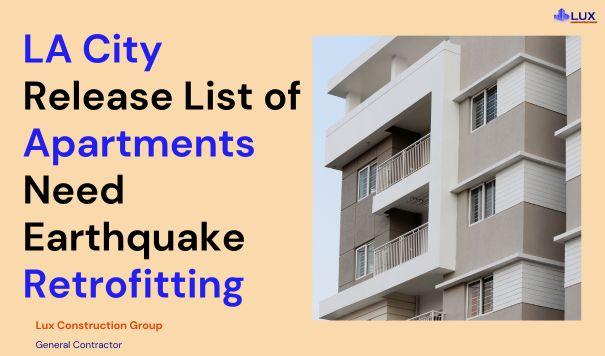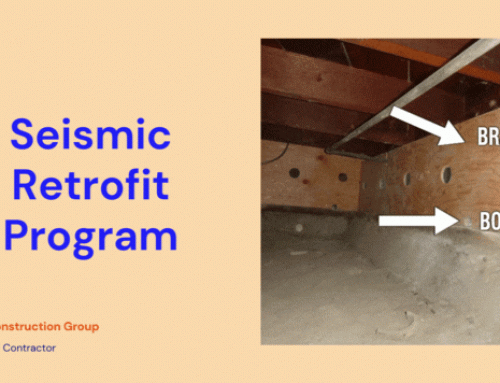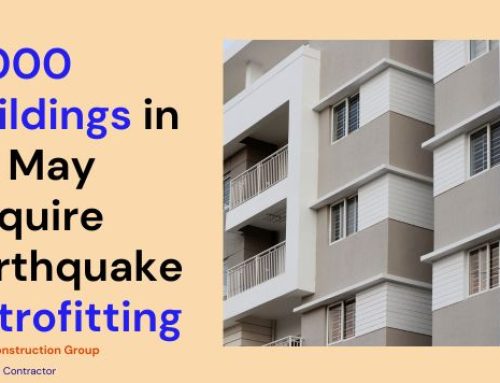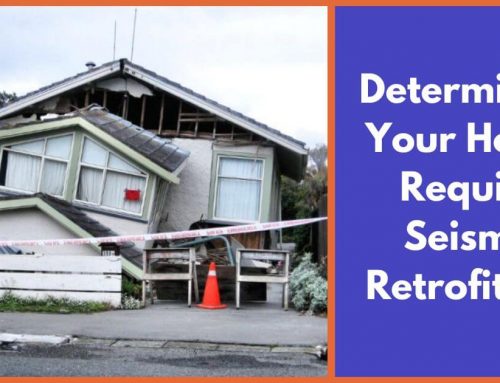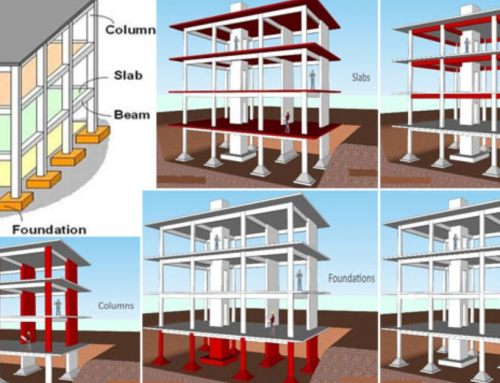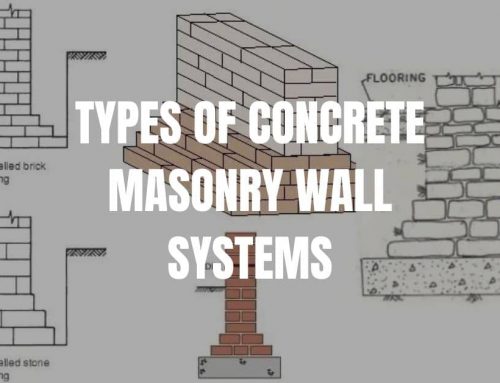The recent devastating earthquakes in Japan and Ecuador serve as powerful reminders that preparing for earthquake safety can mean the difference between life and death in Los Angeles.
While stockpiling emergency supplies is crucial, ensuring the structures we live in are earthquake-resistant is equally important.
Is Your Building at Risk? Signs of a Soft-Story Building
With this in mind, the city of Los Angeles has identified 13,500 apartments and condominiums as “soft-story” buildings that require retrofitting to withstand a major earthquake.
Soft-story structures generally have large openings on the ground floor, such as garages, tucked-under parking, or expansive windows. During an earthquake, the first floor of these buildings is prone to collapse under the weight of the upper floors, as explained by Marissa Aho, the chief resilience officer in Mayor Garcetti’s office.
“Most of the buildings on the list were built between the 1950s and 1970s, and several soft-story buildings sustained damage in the 1994 Northridge earthquake,” explained Marissa Aho, Chief Resilience Officer in Mayor Garcetti’s office.
How the Retrofit Initiative Came to Be
The process of identifying soft-story buildings in Los Angeles that require earthquake retrofitting began in 2014. Mayor Garcetti partnered with Lucy Jones, a former seismologist from the United States Geological Survey, to assemble a seismic safety task force. After over 100 meetings, this task force produced the “Resilience by Design” report in December 2014.
“This report focused on increasing Los Angeles’s resilience in three particularly vulnerable areas: strengthening our buildings, fortifying our water systems, and enhancing reliable telecommunications,” stated Marissa Aho, the Chief Resilience Officer in Mayor Garcetti’s office. “Retrofitting soft-story buildings was one of the 17 recommendations outlined in the report.”
Are Your Soft-Story Buildings Vulnerable? How to Identify
To determine which buildings needed retrofitting, engineers from the city’s Department of Building and Safety conducted an extensive review process. They initially identified approximately 30,000 buildings from record reviews that warranted a closer inspection.
As Aho explained,
“Through various verification methods like aerial mapping and on-site inspections, the number of soft-story buildings was narrowed down to the 13,500 that have been identified for mandatory retrofitting.”
Compliance Timeline Breakdown
In preparation for the mandatory soft-story retrofitting, the city of Los Angeles notified building owners in March and invited them to attend a seismic retrofit resource fair held on April 7th, which over 2,000 owners attended according to Marissa Aho.
Aho stated that the actual retrofit orders will start being mailed out to owners in batches over the next few weeks. The largest buildings with 16 or more units will receive orders first, followed by mid-size buildings with 3-15 units, and finally smaller buildings with two stories and fewer than 16 units.
Once a building owner receives the initial retrofit order:
- They will have 2 years to submit their retrofit plans and structural analysis to the Department of Building and Safety.
- They will then have an additional 3.5 years (3 years and 6 months total) to obtain all required permits.
- Owners must complete the full retrofit within 7 years of receiving the original order.
Aho noted that while building owners must notify tenants about the upcoming retrofit work, in most cases, tenants will be able to remain in their units as the retrofitting takes place.
Will Your Rent Go Up After a Building Upgrade?
The estimated cost for retrofitting is approximately $5,000 per individual unit, though actual costs may vary depending on the specific building according to Aho.
While building owners have a 7-year window to complete the mandatory soft-story retrofits, Marissa Aho stated that once plans are approved and permits are obtained, the actual retrofit construction work should only take a few months per building. She noted that owners of over 100 buildings have already initiated the retrofit process.
After completing the retrofit work, building owners can apply to the city’s Housing and Community Investment Department to temporarily increase rent by up to 50% of the retrofit cost. However, this rent surcharge is capped at $38 per month per unit to help offset expenses.
Aho emphasized that approximately 99% of the soft-story buildings fall under LA’s rent stabilization ordinance. As such, part of this retrofit program aims to preserve the city’s existing affordable housing stock while improving overall seismic resilience. She stated, “We all play a role in helping ensure the city is safer and stronger.”
By working together on this retrofit initiative, both building owners and tenants are contributing to bolstering Los Angeles’s earthquake preparedness and safeguarding its vital affordable housing resources.
Click here to find out if your building is on the list.
A United Effort for Seismic Safety and Housing Security
Los Angeles’ mandatory soft-story retrofit program represents an ambitious yet vital effort to safeguard both the safety of residents and the city’s precious affordable housing stock. With thousands of vulnerable apartment buildings identified, this seven-year initiative will require collaboration and shared responsibility among building owners, tenants, and city officials.
Natural disasters like earthquakes are an inevitability in seismically active regions. However, implementing vital seismic upgrades secures not just the physical structures, but the housing security of thousands of families. It will help prevent widespread displacement and preserve LA’s dwindling affordable housing in the aftermath of a major earthquake.
Indeed, this soft-story initiative enhances the city’s ability to rapidly recover and rebuild. Hence, Los Angeles is leading the way in resilience-building.
Through a shared commitment among owners, tenants, and officials, LA can emerge from this process with a sturdier housing foundation and greater peace of mind for all residents. Fortifying the city’s resilience protects not just buildings, but the lives and livelihoods of families.
Reference Article: https://laist.com/shows/take-two/city-releases-list-of-la-apartments-that-need-earthquake-retrofitting-what-happens-next

